Whether you are a long-time resident or you’re new to the Lake Worth Drainage District (LWDD) boundary, you may have noticed the many stormwater ponds that dot the landscape. While the State of Florida boasts thousands of waterways, stormwater ponds are man-made water bodies that some may mistake for natural waterways. The following are questions frequently asked by residents about the function and maintenance of stormwater ponds in their neighborhood.
Q: What are stormwater ponds and why do we need them?
A: A stormwater pond is designed to collect and manage runoff from rainwater. When rainwater lands on rooftops, parking lots, streets, driveways and other hard surfaces, the rainfall that does not soak into the ground (stormwater runoff) flows into your neighborhood stormwater pond through grates, pipes or swales. Since 1970, stormwater ponds have been required for most new developments and are specifically designed to help prevent flooding and remove pollutants from the water. Without these ponds, stormwater would carry pollutants like litter, motor oil, gasoline, fertilizers, pesticides, pet wastes, sediments and anything else that can float, into nearby canals, streams, rivers, lakes, wetlands, estuaries or the ocean.
Q: What are the different types of stormwater ponds?
A: There are 2 common types of stormwater ponds, wet and dry.
- A retention or dry pond has an orifice level at the bottom of the basin and does not have a permanent pool of water. All the water runs out between storms, and it usually remains dry when it is not raining.
- Wet detention systems (ponds) are the most recognizable stormwater systems. They are designed to allow material to settle and nutrients to be absorbed. After a storm, water drains from a pond through a pipe in the discharge control structure. Part of the pond — known as the permanent pool — is always below the level of the discharge control structure. Sometimes aquatic vegetation is planted around the pond’s perimeter to help filter sediment in stormwater runoff.
Q: Who is responsible for maintenance of the stormwater ponds in my neighborhood?
A: In our area, the responsibility for permitting the design and construction of most stormwater systems rests with the South Florida Water Management District (SFWMD). After developers complete construction of permitted systems in residential areas, the permit and the legal responsibility for maintaining these systems are typically passed on to a homeowners or condominium owners association. It is then that the upkeep and maintenance of the system becomes the responsibility of the association. The association is responsible for labor and expenses for keeping the system functional and operating as it was designed. Just like other infrastructure within the community, this responsibility is shared by every property owner in the neighborhood, even if they do not live adjacent to a stormwater pond, as everyone’s stormwater flows into the system.
Q: How often should detention ponds receive maintenance?
A: There are several retention pond maintenance tasks to stay on top of. The following is a list of the most important routine measures you should take to prevent more significant problems and keep your pond in good working condition.
- Inspections: Stormwater pond inspections including pipe interconnections between ponds should be performed as part of an overall maintenance program. Depending on the size of the property, they should be inspected quarterly and within 24 hours of a major storm event. Look for and repair items like obstructions in the discharge control structures, trash accumulation, erosion, and sedimentation.
- Vegetation management: Monthly mowing helps prevent erosion and maintains pleasing aesthetics around the stormwater pond. Property owners should minimize fertilizer and pesticide use to avoid downstream pollution.
- Sediment removal: Check the amount of accumulated sediment from the bottom of the discharge control structure to ensure there is a free flow of water. Also, accumulated sediment should be removed from the pond if it has decreased the pond’s design depth by approximately more than 25%.
- Structural repair and replacement: Eventually, the structural components like pipes, control structures, banks and side slopes of a stormwater pond will need to be repaired or replaced. A stormwater professional service provider can help you determine when this is necessary. Many providers can be found through an online search or phone directory.
Q: Is it ok to use stormwater ponds for recreational purposes such as swimming, kayaking or stand-up paddle boarding?
A: Recreational use of stormwater ponds may be hazardous and is not recommended. Stormwater ponds are designed to capture and retain stormwater runoff, which may contain many different types of pollution including heavy metals, pesticides, herbicides and pathogens. Additionally, the vegetation around a stormwater pond may hide dangerous wildlife like rodents, snakes and alligators. Young children, elderly individuals and pets should never be left unattended near a pond for fear of drowning or interaction with dangerous wildlife.
Q: Is it legal to fish stormwater ponds in Florida?
A: It is legally acceptable to fish in these bodies of water under the right conditions. The fisherman must have a freshwater fishing license granted by the Florida Fish and Wildlife Conservation Commission at myfwc.com and you cannot be trespassing on private property.
Q: What can property owners do to help prevent pollution in stormwater ponds?
A: Do not dump excess oils and other chemicals from your home, or yard waste like grass clippings, into stormwater ponds of associated drains. Be mindful of applying fertilizers and pesticides near ponds as rain and irrigation may wash these contaminants into adjacent water bodies. Also, be sure to clean up pet waste so nutrients and bacteria do not wash into these water bodies.
Q: Where can I find more information about stormwater ponds in my neighborhood?
A: Contact the Lake Worth Drainage District at 561-498-5363 or visit our website at www.lwdd.net for more information, printable resources and videos on the topic. To obtain a copy of your stormwater pond’s design and drainage system contact the South Florida Water Management District at 561-686-8800 or visit their online permit search at www.sfwmd.gov/epermitting.


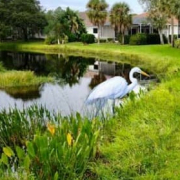
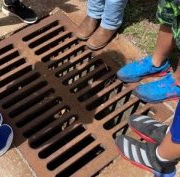
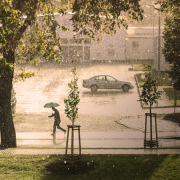
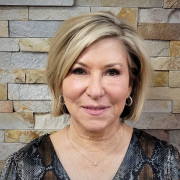
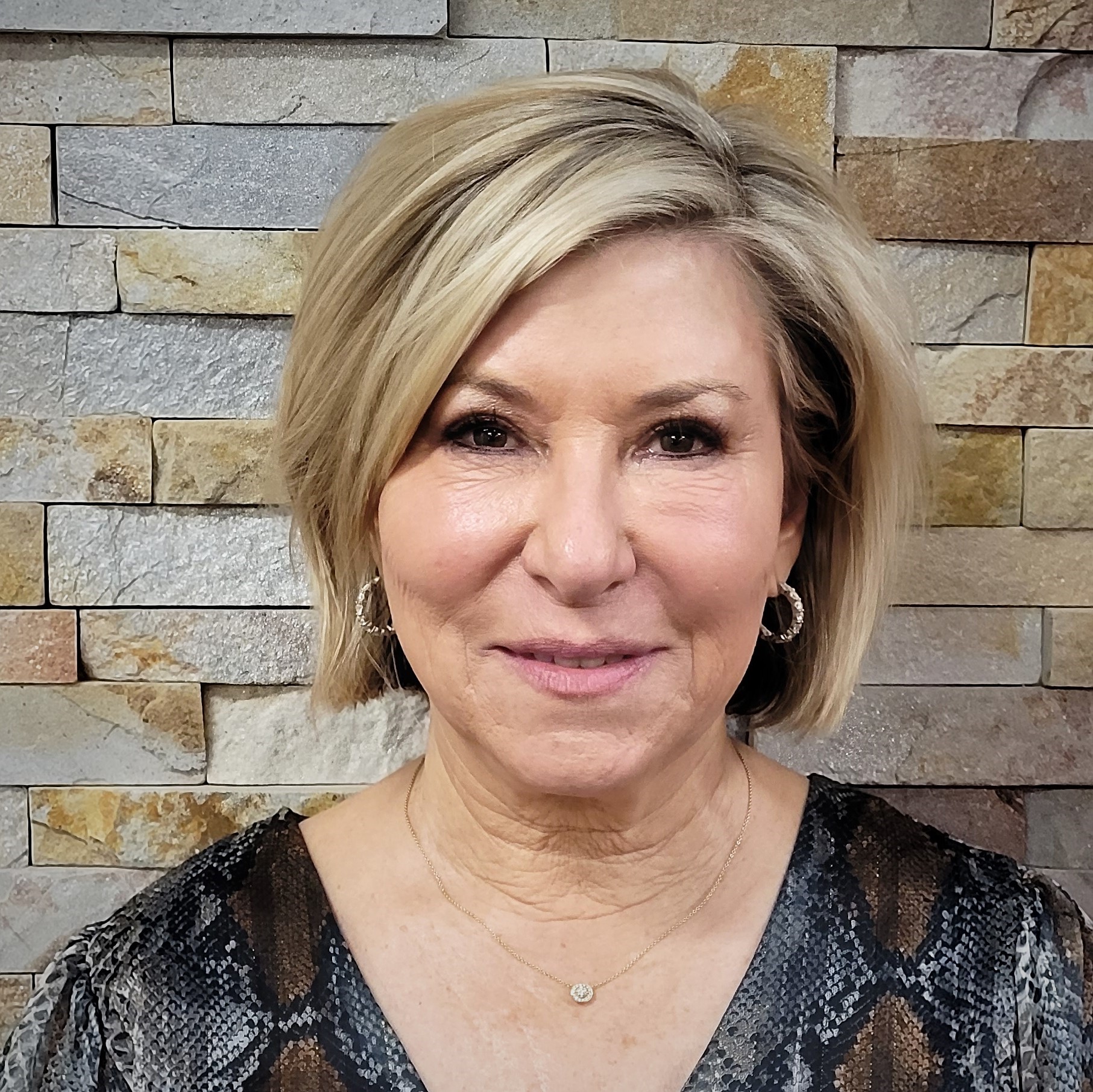 Following Harry Raucher’s retirement from the Board in October 2022, Carrie Parker Hill was appointed to serve on the Board of Supervisors as an interim board member beginning November 2022. She will serve the remainder of the term for the Sub-District 4 seat which expires in January 2023. The Sub-District 4 region generally includes the area located south of Lantana Road and north of Delray West Road (W. Atlantic Avenue), between the Florida Turnpike and I-95.
Following Harry Raucher’s retirement from the Board in October 2022, Carrie Parker Hill was appointed to serve on the Board of Supervisors as an interim board member beginning November 2022. She will serve the remainder of the term for the Sub-District 4 seat which expires in January 2023. The Sub-District 4 region generally includes the area located south of Lantana Road and north of Delray West Road (W. Atlantic Avenue), between the Florida Turnpike and I-95.